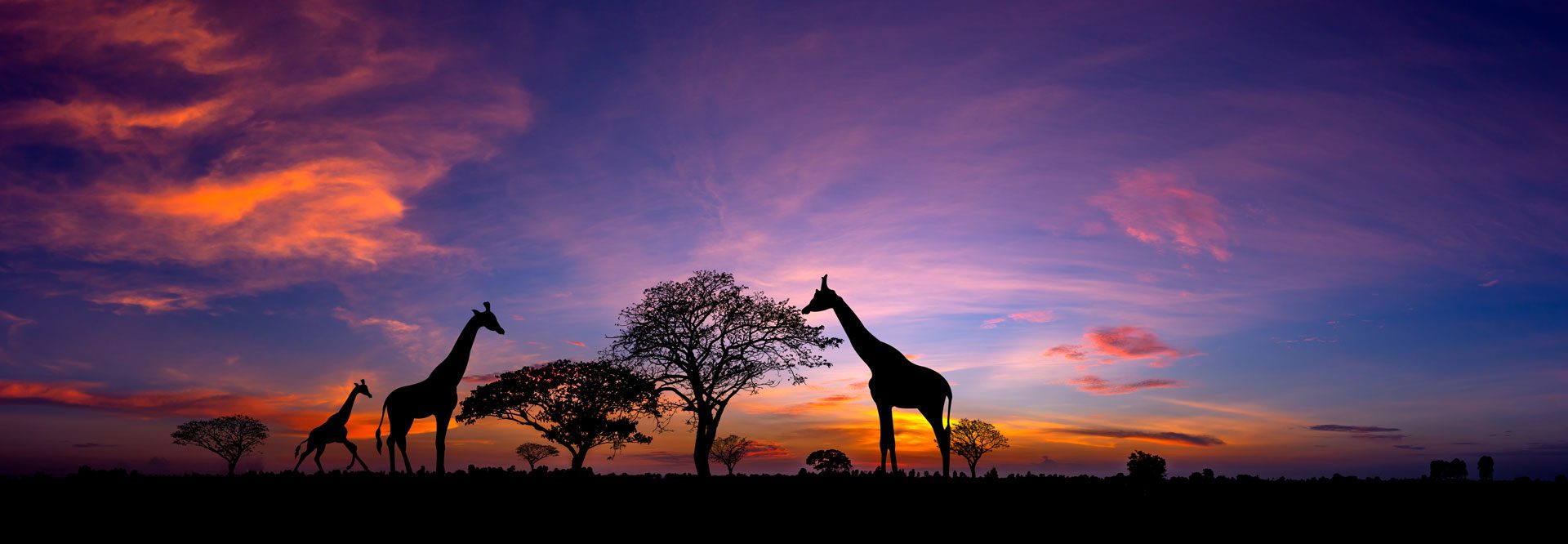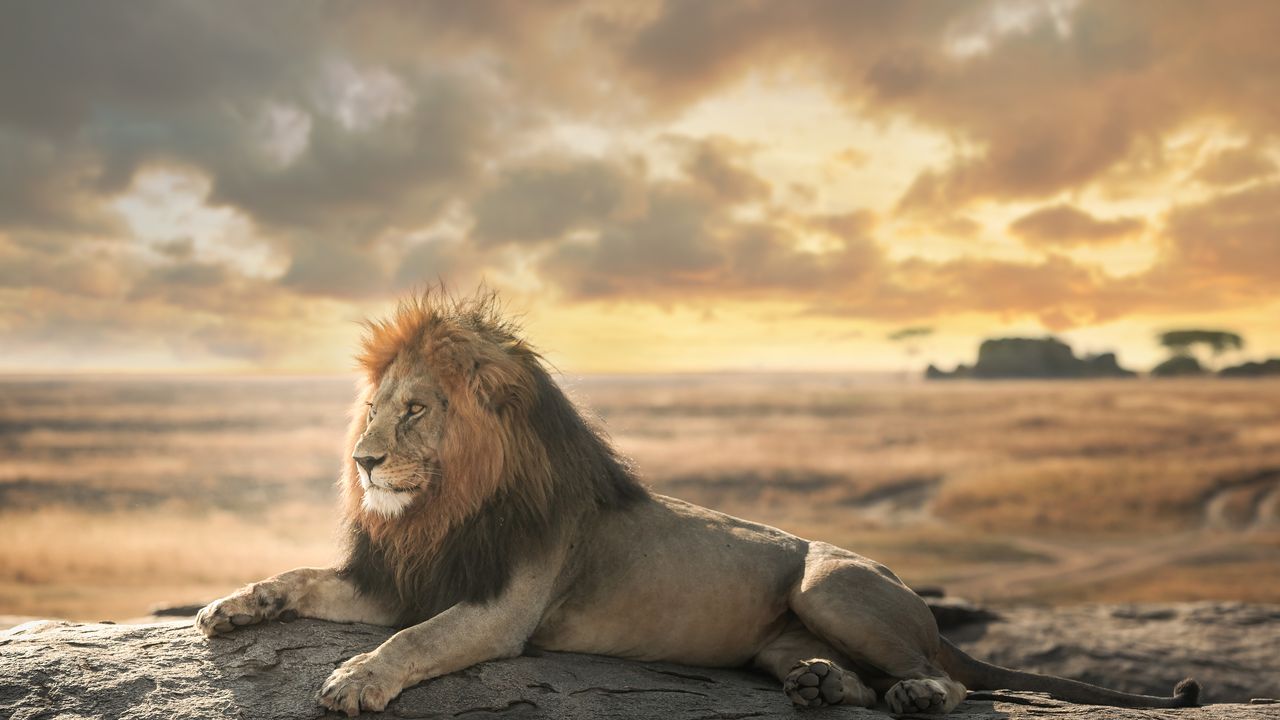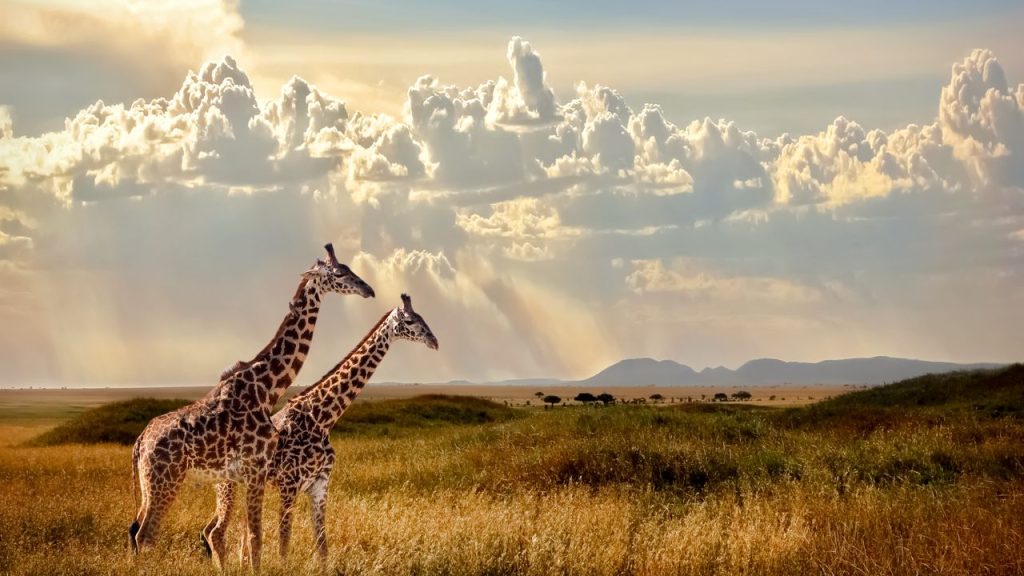Kilimanjaro Trek: Essential Tips and Equipment for a Successful Hiking Experience
Embarking on a Mount Kilimanjaro trek is a remarkable adventure that promises breathtaking views and an unforgettable experience. Standing tall at 5,895 meters, Kilimanjaro is the highest peak in Africa and attracts thousands of hikers each year. If you’re planning to conquer this majestic mountain, here are some essential tips and equipment recommendations to ensure a successful and safe journey.
Kilimanjaro Hiking Tips
1. Physical Fitness: Kilimanjaro is a demanding trek, and being physically fit is crucial for a successful ascent. Engage in regular cardiovascular exercises, such as hiking, running, or cycling, to improve your endurance. Additionally, include strength training exercises to strengthen your leg muscles and core.
2. Acclimatization: Proper acclimatization is vital to prevent altitude sickness. Choose a route that allows for gradual ascent, giving your body enough time to adjust to the changing altitude. Slow and steady wins the race when it comes to climbing Kilimanjaro.
3. Hydration and Nutrition: Stay hydrated throughout the trek by drinking plenty of water. Dehydration can worsen altitude sickness symptoms. Pack high-energy snacks like nuts, energy bars, and dried fruits to keep your energy levels up during the hike.
4. Mental Preparation: Climbing Kilimanjaro can be mentally challenging. Prepare yourself mentally by setting realistic expectations, staying positive, and maintaining a determined mindset. Remember, it’s not just physical strength that will get you to the summit; mental resilience is equally important.
Kilimanjaro Trekking Equipment
1. Clothing: Layering is key when it comes to clothing for Kilimanjaro. Start with a moisture-wicking base layer, followed by insulating layers like fleece or down jackets. A waterproof and windproof outer shell is essential to protect you from the unpredictable mountain weather. Don’t forget to pack thermal socks, gloves, a warm hat, and a good pair of hiking boots.
2. Sleeping Gear: A warm and comfortable sleeping bag rated for sub-zero temperatures is a must. Ensure that your sleeping bag is lightweight and compact for easy portability. A sleeping pad or mat will provide insulation and cushioning, enhancing your sleeping comfort.
3. Trekking Poles: Invest in a good pair of trekking poles to provide stability and reduce the strain on your knees and joints during the descent. Adjustable poles are ideal as they allow you to customize the length based on the terrain.
4. Headlamp: A reliable headlamp is essential for early morning starts and night treks. Choose a headlamp with a long battery life and adjustable brightness settings to suit different lighting conditions.
5. Backpack: Opt for a sturdy and comfortable backpack with a capacity of around 40-50 liters. Ensure that it has a hip belt and adjustable straps for proper weight distribution and support. Pack your essentials, including water, snacks, extra clothing layers, sunscreen, and a first aid kit.
Conclusion
Embarking on a Mount Kilimanjaro trek is a life-changing experience that requires adequate preparation and the right equipment. By following these Kilimanjaro hiking tips and investing in the recommended equipment, you’ll be well-prepared to conquer the summit and create memories that will last a lifetime.


